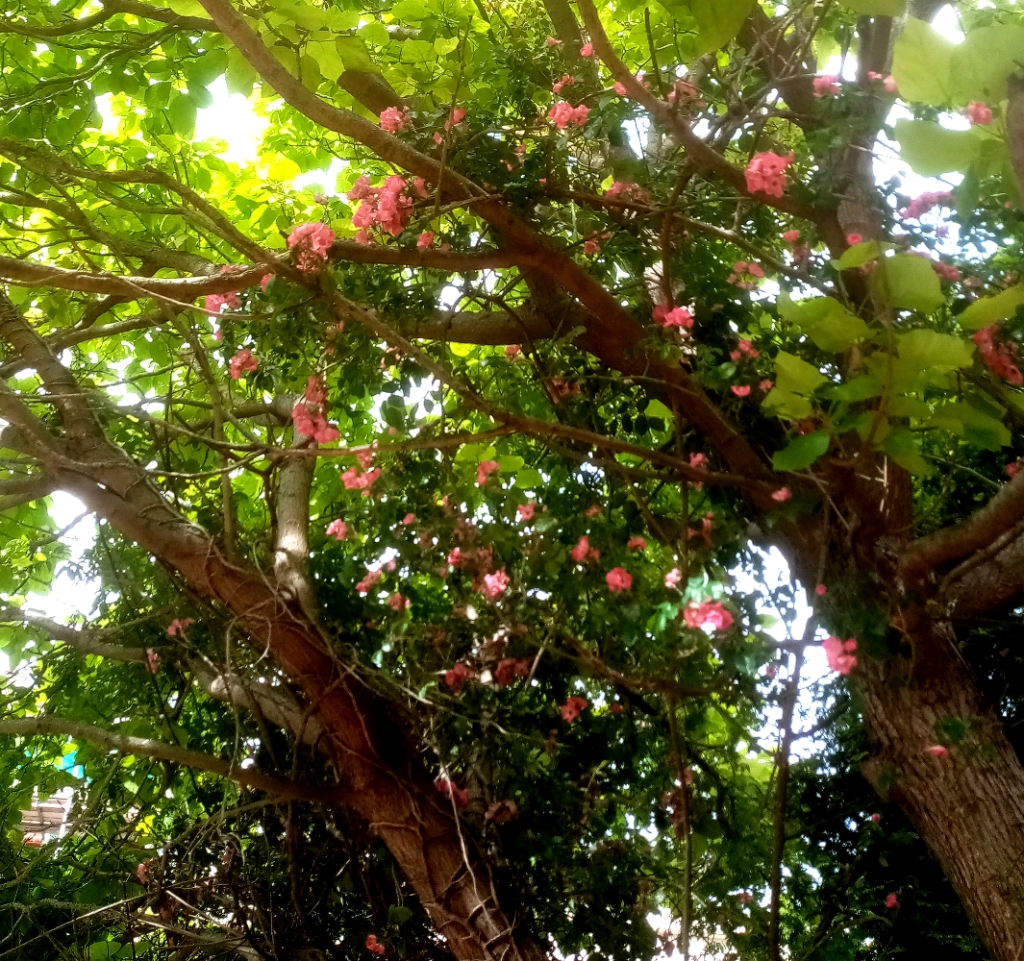
In Search of Bifrons House
After Andrew Abbott and NAIB2 roused my interest in Bifrons House, and the c1700 painting in Yale’s Centre for British Art, I took advantage of Mrs Turnstone’s choir date in Patrixbourne Church to see what there might be to be seen. I knew by then that the house shown in Yale’s painting had long gone.

This bridge over the Nailbourne leads to the site of the old house, so I decided to follow the right of way across it.
Before opening the field gate I looked back towards Patrixbourne and realised that the artist’s viewpoint was somewhere on the hill opposite.

The slope is much less dramatic than the artist makes it appear when he sat –

About here. The woodland to the right is double-fenced, suggesting that nowadays shooting pheasants is more popular and more profitable than chasing foxes. The woodland in each picture has been grown since the painting was made; the site of the house, roughly straight ahead from here, is obscured by trees. From here today there is no chance of spotting the church spire, which still looks the same as in the painting, seen on the right hand side of the picture.
The hunting party are following the bridle path that still hugs the field edge, but the area to their left is now tree-clad. The bridge is behind the tree on the left of the painting. The houses shown below are on the street running to the far (Easterly) face of the Church. Go to http://collections.britishart.yale.edu/vufind/Record/1668544 for a bigger, clearer image of the painting, and for a mini lecture by Dr Jennifer Kowitt, try: http://video.yale.edu/video/treasures-yale-bifrons-park-kent .

Once across the bridge you get a glimpse of the site of the house from about the same bearing but at just above river level, before you climb up to walk alongside the busy London – Dover A2 road. At a field edge you come to this well-made track, doubtless a souvenir of the house’s occupation by the Royal Artillery in WW II. They needed good roads for all their heavy equipment. As with many a stately home of England, the later Bifrons House suffered at the hands of the military, and was burnt to the ground in mysterious circumstances after the end of the war. Something similar happened to Canterbury Cathedral soon after the Normans arrived, but they could get the poor and the nobles to pay up for a splendid replacement. Bifrons was replaced with utilitarian barns.

And here is the site of the house, unfortunately due S of the camera early on an October’s afternoon, low sun playing havoc with the lighting.

The wellingtonia tree at the back is one of several across the parkland, though much of that is now down to beans and winter wheat instead of the grass lands seen in the painting.

These are the converted C19th stables of the house that was destroyed after WW II. Lovely polychrome brickwork.
This lodge is from the original house’s entrance to the village of Patrixbourne. The Jacobethan builders loved chimneys!

Maybe a century after the lodge was built, the Cromwellian soldiers vandalised this C12th church porch, destroying ‘graven images’.




While here are a few old houses in Patrixbourne.
My walk ended with a concert by Kerry Boyle and her choirs, collectively known as Canterbury Voices, in aid of the Church heating fund. They need it!















